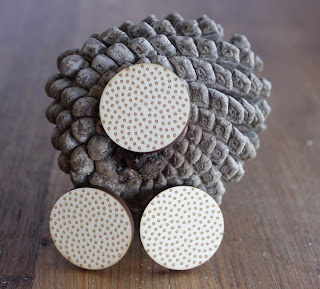The patterns in the centre of a sunflower are visually spectacular, but also very clever. The pattern consists of interlocking spirals, with the number of left and right spirals being successive Fibonacci numbers. This particular pattern creates an extremely efficient way of packing in florets. Evolution has hit on this pattern numerous times; it is also seen in pinecones, pineapples, waratahs, the position of leaves on a stem…
Mathematically, the position of each floret is given by:
where the golden angle is 137.508 degrees, and i is the head number. I wrote a little matlab program to plot these positions, and the result for 200 heads is shown below.
This pattern became one of my first designs, and has also made it into my logo. There are several reasons why I think it is fitting to have this pattern in my logo. Firstly, it is a great example of the connections between science and nature, which intrigue me. Secondly, I love the analogy of an idea germinating and growing, and having a representation of something that physically germinates and grows is apt. And thirdly, I’ve spent most of my adult life working in solar energy, and having something that not only looks sunny and is called sunflower, but that the leaves and buds of the plant track the sun across the sky, seems fitting. And as a final note, those who know me will probably be very familiar with how grumpy I get during days without sunshine – following the sun seems like a wise choice for me!




























